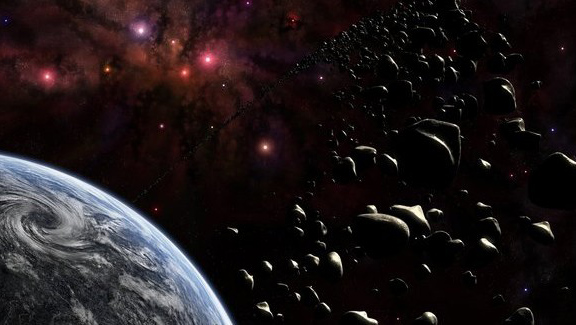Brazilian scientists have identified four new families of extremely young asteroids, taking the total number to 13.
The four families, all of which are less than seven million years old, orbit between Mars and Jupiter as part of a grouping known as the Main Asteroid Belt.
The researchers dated the families using a numerical simulation method to process current data to go back in time to the asteroid formation era.
“We identified the new families by means of numerical simulation using the backward integration method (BIM), which is much more precise than other methods for dating asteroid families. But BIM only works for really young families that are less than 20 million years old,” said Valerio Carruba, professor at Sao Paulo State University (UNESP) in Guaratingueta, Brazil.
“Based on current data, BIM lets you go back in time using numerical simulation to reconstruct the setting in which the parameters were aligned and thereby date the asteroid family,” Carruba added.
The Main Belt is an extraordinary niche of asteroids, with more than 700 known objects. The number is rising steadily thanks to improving methods of detection, and it can be estimated at a million.
According to Carruba, the asteroids in the Main Belt are far from evenly distributed. Various different regions have formed within the belt owing to the highly complex gravitational interaction among so many bodies and, above all, to Jupiter’s powerful gravitational field.
In the study, published in the journal Monthly Notices of the Royal Astronomical Society, the key dating parameters used were the longitudes of the pericentre and ascending node.
For a planet, comet or asteroid moving around the Sun in an elliptical orbit, the pericentre is the point at which it comes closest to the Sun.
The ascending node is the point at which the orbit crosses from the southern side of a reference plane, typically the ecliptic plane, to the northern side.
“When an asteroid family is formed, all the asteroids’ pericentres and ascending nodes are aligned, but as the family evolves, the alignment is lost owing to gravitational disturbances produced by planets and possibly by some massive asteroids,” Carruba explained. IANS






































